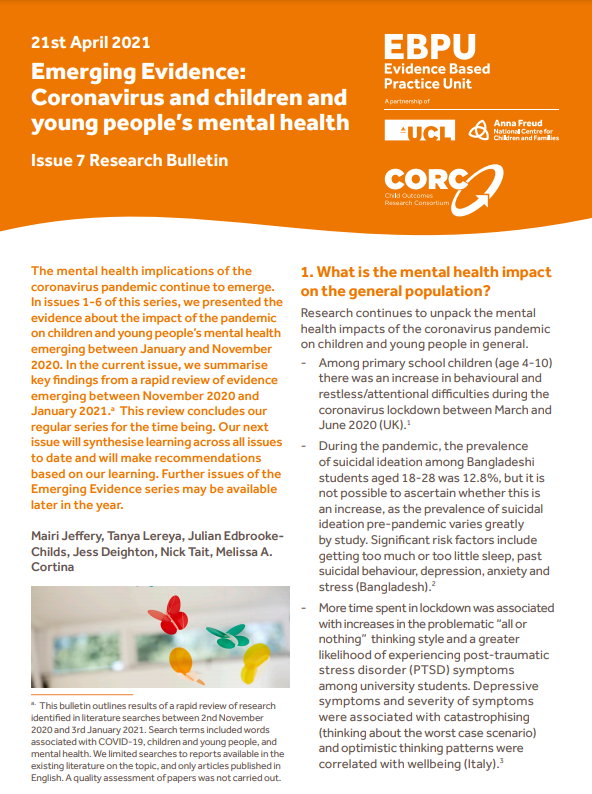Good Info For Choosing Italian Kindergarten Teaching Support
Wiki Article
What Is The Best Teaching Material To Use In An Italian Primary School Or Nursery?
To aid their learning and development To support their learning and development, an Italian primary or nursery should offer a range of resources. Here are some examples of what might be required: Textbooks, workbooks, and other teaching aids: These are essential for teaching fundamental subjects such as Italian, mathematics, science or social studies.
Materials for Art and Craft It includes crayons, paper, markers, paints, brushes and other supplies that students can use to create projects that are creative.
Blocks, puzzles, or games that involve manipulatives are great to develop critical thinking and problem solving skills.
Technology for education Tablets and computers can be used as an instrument to enhance learning and provide extra tools for students.
Visual aids such as posters, charts, maps and more can help students remember and understand essential concepts.
Books: A wide variety of appropriate for the age of the reader. Italian books can help to encourage language and reading development.
Musical Instruments: Musical instruments, such as xylophones (or xylophones) tambourines (or maracas) as well as other instruments are a great way to assist students with learning rhythm and music appreciation.
Safety equipment: Fire extinguishers, first aid kits, as well as emergency procedure posters will ensure the safety of both the students as well as staff.
Sports equipment is available for outdoor use as well as in physical education and even as a part of the classroom.
Italian primary elementary, secondary and nursery schools require a variety of educational materials which will help create a fun learning environment. Check out the most popular sostegno primaria for site recommendations.

What Maths Didactic Cards Should Be Used In Italian Nursery Schools?
Maths-related games for teaching can be an an effective tool to introduce children to the basics of mathematics in Italian kindergartens. Maths didactic cards could include: Number Cards These cards assist children to understand numbers that range between 1 and 10 or even higher. You can use illustrations to help enhance learning through the use of animals or objects as numbers.
Shape cards are an excellent way to help your child become familiar with the different shapes. For example they can help them learn how to identify and describe the shapes of triangles, squares and circles. They can feature illustrations of real objects that illustrate each shape.
Color cards are an excellent method to let your child understand the various shades of color. The cards are illustrated with objects that are predominantly composed of a single color. This will make the process of learning more enjoyable.
Counting cards are a great method to aid your child learn to count. Counting cards can be designed with animals or objects as a representation of the number.
Time cards: These cards help youngsters to understand the concept of time, as well as the names of the days of the week and the months of the calendar. It is possible to use illustrations of calendars and clocks to make learning more fun.
Maths didactics cards should be age-appropriate for children, fun and interactive. Teachers and caregivers can utilize these cards to develop exciting and engaging Maths activities that encourage kids' curiosity and enthusiasm for learning. Have a look at the most popular materiale didattico matematica sostegno for site info.

What Are The Best Histories For Italian Nursery Schools?
History-related didactic cards are helpful in introducing youngsters in Italian nurseries to the basics of historical concepts. These are the types of historical cards that could be recommended. Famous people cards. These cards allow kids to gain knowledge about historical figures, such as explorers and scientists. They could include illustrations of the people and information about their lives and accomplishments.
Timeline cards. Timeline charts are a great way to help children learn the order in which events occur, and how they relate. They could include images of important dates and events.
Cultural cards: Cultural cards can help children learn about different traditions and cultures from the past and the present. The cards could include pictures of traditional clothes and foods, as well as music, customs, and other aspects of culture.
Artifact card: Artifacts can help children visualize events in the past and discover how people lived in the past. Illustrations of various objects and cultures can be included.
Map cards are great for teaching children about geography and the history of different countries. Map cards often are illustrated with maps and can give information about historical individuals and events from various regions.
It is important to choose historical cards that are entertaining and interactive. They should also be appropriate for young children. Teachers and caregivers are able to use these cards for fun, interactive history activities. They will stimulate children's curiosity as well as their enthusiasm about learning more about different cultures and the past. Have a look at the top sostegno storia for website examples.

What Materials For Geography Education Do Italian Nurseries Require?
In Italian nurseries, geography-related teaching materials can be used to aid children in learning about the world as well as different cultures. Here are some examples of geography-related teaching materials Maps. Maps can be used to help students understand geography, and also the geographic features of various countries and regions.
Globes: Globes enable children to discover the oceans, continents, and other features of the earth.
Video and pictures: Videos and images of diverse locations across the globe can help children appreciate the different cultures and develop a sense of appreciation for them.
Books: Age appropriate books featuring diverse locations and cultures can aid in fostering children's curiosity about geography.
Natural materials can assist children understand different ecosystems.
Field trips: Field trip to local parks museums, zoos, or Zoos offer children the chance to experience hands-on activities and also an chance to explore geography in a realistic context.
It is essential to select geography-related teaching materials that are age-appropriate as well as culturally sensitive. Teachers and caregivers can make use of these materials to create engaging and interactive geography activities that promote children's curiosity and love of learning about the world around them. Read the top schede didattiche geografia sostegno for more info.
